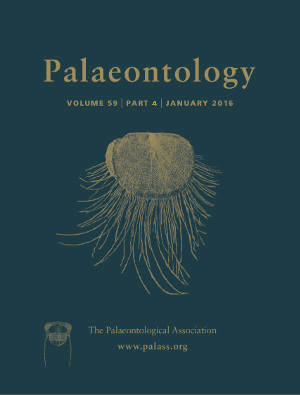Reg. Charity No. 1168330

We describe sloth assemblages from the Cocinetas Basin (La Guajira peninsula, Colombia), found in the Neogene Castilletes and Ware formations, located in northernmost South America, documenting otherwise poorly known biotas. The tentative referral of a specimen to a small megatherioid sloth, Hyperleptus?, from the early–middle Miocene Castilletes Formation, suggests affinities of this fauna with the distant Santa Cruz Formation and documents a large latitudinal distribution for this taxon. The late Pliocene Ware Formation is much more diverse, with five distinct taxa representing every family of ‘ground sloths’. This diversity is also remarkable at the ecological level, with sloths spanning over two orders of magnitude of body mass and probably having different feeding strategies. Being only a few hundred kilometres away from the Isthmus of Panama, and a few hundred thousand years older than the classically recognized first main pulse of the Great American Biotic interchange (GABI 1), the Ware Formation furthermore documents an important fauna for the understanding of this major event in Neogene palaeobiogeography. The sloths for which unambiguous affinities were recovered are not closely related to the early immigrants found in North America before GABI 1.